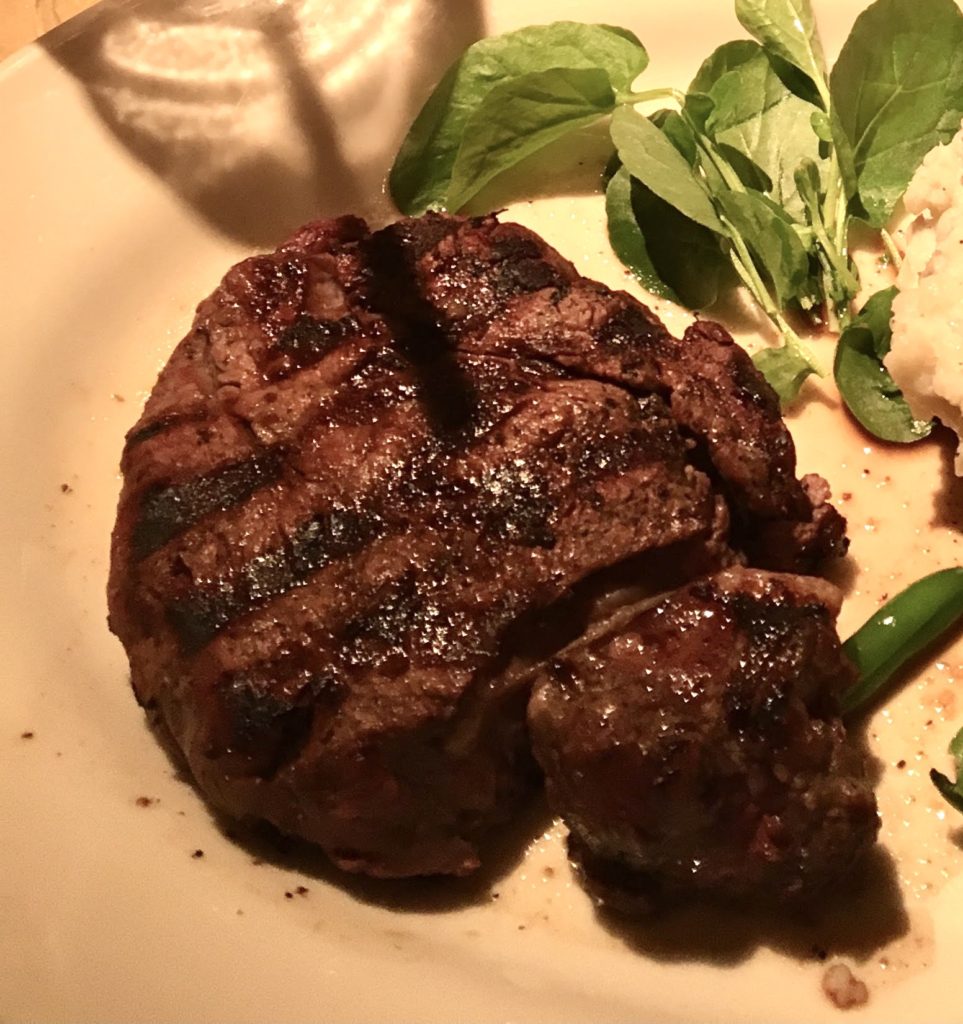
Over two years ago I found out that I had a gene mutation (MTHFR C677T 2 copies) after I received a letter in the mail from a lab informing me. It also told me to inform my family because it can run in families and is passed down from parents to child.
Finding out that I had a mutant gene was interesting and scary.My husband said that I have a mutant power. To which I replied, yeah, I can’t process methionine, super.
Asking doctors who knew less than I did made me even more concerned.
I turned to the internet to research medical articles on the subject of MTHFR, 2 – C677T gene mutations.
I found that in this gene mutation, or more accurately gene variant it is common for people to at least 1 of the C677T gene variants and there are things I can do to help mitigate symptoms.
“It’s a disorder of methionine metabolism, leading to abnormal accumulation of homocysteine and its metabolites.” In other words, my body can’t process or fully absorb methionine.
Methionine is an essential amino acid found in many proteins, including the proteins in foods and those found in your body’s tissues and organs. Although your body can produce the amino acid cysteine on its own, methionine must come from your diet.
What helps?
Doctors suggest taking vitamin B6, folic acid (folate), and vitamin B12. These help the absorption of methionine. 4
Because I have 2 copies of the variant I am only able to process methionine at about half the normal rate and the excess can build up without taking folate to help break it down.
Having too much build-up within the body could lead to cardiovascular disease, blood clots, heart attack, strokes, and other health conditions.4 (If homocysteine levels are kept at normal. Homocysteine is what the test for in your blood to see if you have the gene.)
Because of this, I have developed fibromyalgia and chronic headaches. Not everyone has the same symptoms or develop any or all that are listed below.
My main symptoms are connected to this mutant gene is as follows:
Headaches, nerve pain, muscle pain, and stiffness, sensitivity to cold.
But with a change of diet, almost all of this has gone away or greatly lessened.
The first year of finding out that I had this, I gave up red meats, chicken, turkey, and pork. But even with that, I could tell when I ate too much fish, cheese, or egg. My shoulders would hurt, and my headaches sent me to the ER three times.
After a year of that, I went vegan, lessening my protein intake even more. My body started feeling better, with little to no headaches, muscle pain, and sensitivity to cold.
Even with doing this, I still have high homocysteine levels. Meaning I need to take more B vitamins than I already am. But if I hadn’t gone vegan and had high levels, I would feel like I used to, in extreme pain.
Again, not everyone has the same symptoms. But if you do have this gene variant, I suggest limiting your intake of high methionine foods such as beef, lamb, certain cheeses, turkey, chicken, pork, certain fish, soybeans, eggs, and many other foods.1 I know it’s hard to change what you eat, but your future and body are worth it.
If you think you or someone you know may have this mutant gene, go to your local Cardiologists and talk to them bout MTHFR.
Please check out all the links below, scroll all the way down to read more info about MTHFR.
Thanks for reading. And may you have a healthy, happy day.
Symptoms (taken from link 3)
Conditions that have been proposed to be associated with MTHFR include:
• cardiovascular and thromboembolic diseases (specifically blood clots, stroke, embolism, and heart attacks)
• depression
• anxiety
• bipolar disorder
• schizophrenia
• colon cancer
• acute leukemia
• chronic pain and fatigue
• nerve pain
• migraines
• recurrent miscarriages in women of child-bearing age
• pregnancies with neural tube defects, like spina bifida and anencephaly
Signs and Symptoms of Homocystinuria (taken from link 2)
The symptoms will depend on the type of homocystinuria. Symptoms generally develop during the first years of life. However, some people experience symptoms during adulthood. Symptoms are often vague and difficult to detect. The most common forms of this disorder may involve the following symptoms:
• dislocation of the lenses in the eyes
• nearsightedness
• abnormal blood clots
• osteoporosis, or weakening of the bones
• learning disabilities
• developmental problems
• chest deformities, such as a protrusion or a caved-in appearance of the breastbone
• long, spindly arms and legs
• scoliosis
Less common variations involve these additional signs and symptoms:
• megaloblastic anemia, an anemia involving larger-than-normal red blood cells
• seizures
• failure to thrive
• intellectual disabilities
• movement and gait abnormalities
1. https://www.myfooddata.com/articles/high-methionine-foods.php
2. https://www.healthline.com/health/homocystinuria
3. https://www.healthline.com/health/mthfr-gene
4. https://www.ahajournals.org/doi/full/10.1161/01.CIR.0000165142.37711.E7
5. https://blog.agapenutrition.com/mthfr-and-fibromyalgia/
6. https://www.nature.com/articles/3780275
7. https://www.cdc.gov/ncbddd/folicacid/mthfr-gene-and-folic-acid.html